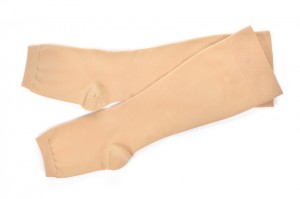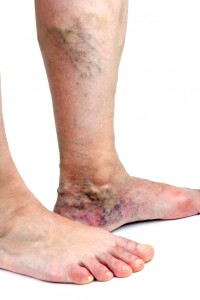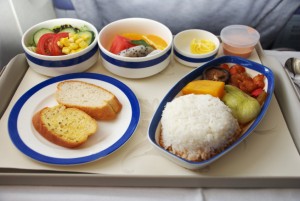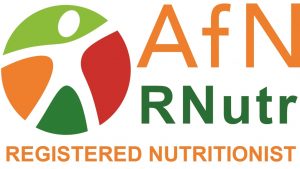So what do and don’t you do on a long haul flight? Are you confused as to which advice is the right advice to a having a safe, healthy and productive trip when flying long haul? Carol Sadler, our Registered Nutritionist, has gone through the most reputable advice and summarised for you some of the healthiest actions to take when travelling long haul. Here are some of the best do’s and don’ts.
- Eat a meal an hour or two before the flight, especially if it is overnight.
- Eat only light meals and snacks during the flight

- Get up and walk around as often as possible
- Do heal : toe tapping exercises in seat every 30 minutes
- Drink lots of water
- Wear correctly fitted flight compression socks
- Go for a walk at destination
DON’T
- Drink much alcohol
- Eat a large meal then sleep
- Take action on anything requiring serious mental reasoning, reduced oxygen levels will impair brain power. Write the email, press ‘send’ after checking the information at ground level.
HEALTH HAZARDS OF LONG HAUL FLIGHTS
Dizziness and Fainting The number one cause of medical emergencies on long haul flights. 
Deep vein thrombosis (DVT) The very serious problem which occurs when the blood flow, usually to the legs, is restricted to the extent that blood clots form. These become dangerous if they move and lodge in the blood vessels of other organs such as the lungs.
Both can be prevented with good blood circulation and both are less likely to occur in the absence of a large meal, alcohol and over four hours seated. Why do long haul, overnight flights often begin with the bar service and a three course meal? Is this really the best practice?
WHAT HAPPENS ON A FLIGHT
Blood oxygen levels will be lower than at ground level
At high altitude, the oxygen in the cabin has to be pressurised. Most commercial planes keep the oxygen level equivalent to around 8,000 feet, some newer planes can improve on this slightly, but oxygen is heavy, therefore costly to transport, and a large variation between inside and outside air pressure can contribute to metal fatigue.
Moisture also causes metals to deteriorate and cabin air humidity is kept extremely low.
The Boeing 787 Dreamliner is made of a composite material which allows cabin pressure to increase to the equivalent of around 6,000 feet and the humidity to be at a more comfortable level.
Smokers start the flight with reduced blood oxygen levels.
Obese Passengers heart’s have increased effort getting oxygen to a larger bulk of body tissues and will have increased risk to health.
During digestion our blood supply is diverted from our limbs, to our stomach and intestines. The larger the meal, and the higher the fat content, the longer this process will be. Standing up after being seated for a large meal is one of the main causes of fainting and dizzy spells on a flight.
ALCOHOL
Many people like to enjoy an alcoholic drink to aid relaxation. Alcohol makes us more sedentary, it reduces the oxygen to the brain and strong alcohol will dehydrate us. If alcohol is to be consumed, stick to something of 5% alcohol or less, such as a beer, or a spirit with a large mixer. A glass or two of a strong wine is likely to add to our risk of dehydration.
SALTY SNACKS AND FOOD
Most airlines serve salty snacks, although with cuts to services some have stopped these. Hot snacks such a pizza slices or pies are sometimes available between meals, on ultra-long haul flights. Our risk of dehydration is increased with salty food, and this again can impair our blood flow. 
In contrast some airline have whole fruit in stock as an alternative option. You can also take your own snacks such as packets of dried fruit.
FLYING LONG HAUL, OVER NIGHT? THE WORST START IS A COUPLE OF GLASSES OF WINE AND DINNER
Aim for a light meal and consume low alcoholic drinks, if any alcohol at all.
© Extravitality (2015)





























